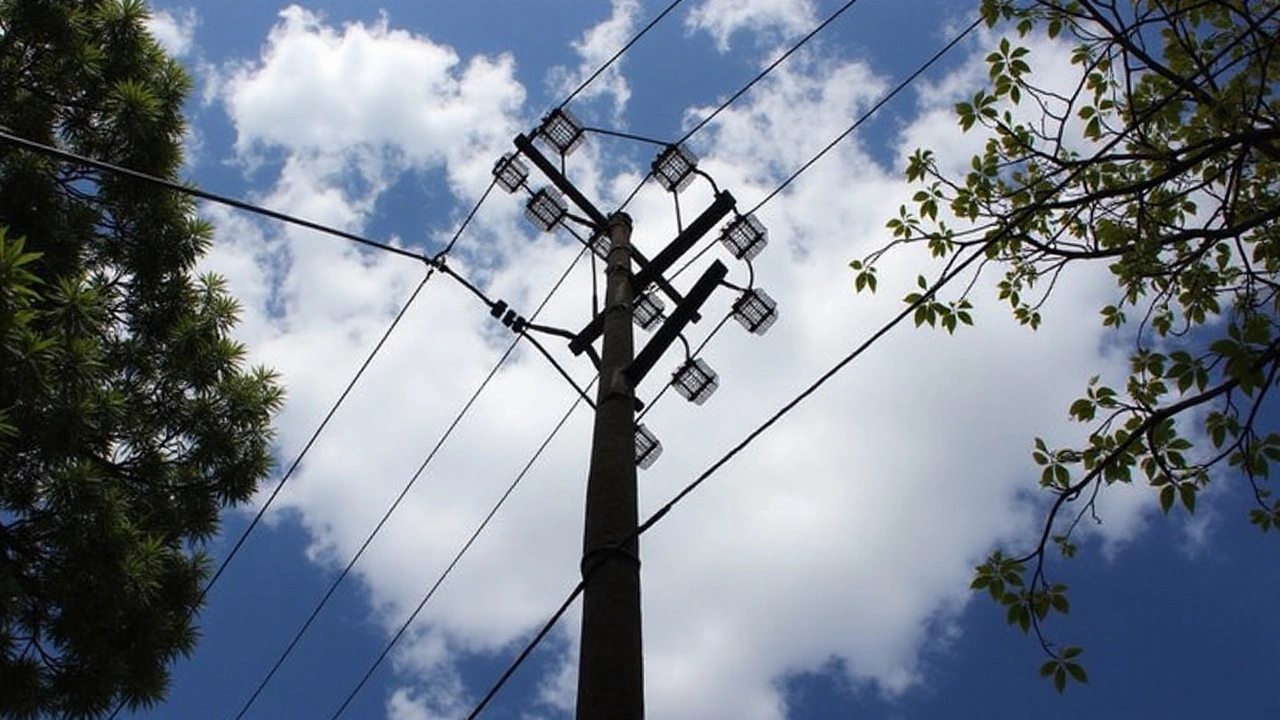Major Power Blackout Paralyzes Kenya, Exposing Grid Vulnerabilities

Kenya Plunged into Darkness Once Again: Major Blackout Strikes
In a stark reminder of Kenya's ongoing power supply challenges, a major blackout swept across most of the country on September 6, 2024. The nationwide power outage has left businesses, households, and essential services scrambling, reflecting severe underlying issues with Kenya's electrical infrastructure. Kenya Power and Lighting Company (KPLC), the primary distributor, confirmed the widespread blackout but has remained tight-lipped about the cause.
This event marks the second significant outage in just one week, exacerbating already heightened concerns among Kenyans. Large swathes of the country succumbed to the blackout, except for parts of the North Rift and Western regions. The recurrent nature of these outages reflects a troubling trend for Kenya’s power reliability, especially in light of the nation's ambition to bolster its economy and modernize infrastructure.
The Impact and Immediate Aftermath
The sudden blackout paralyzed daily activities, bringing urban centers and rural areas alike to a standstill. With traffic lights out of service, roads quickly became chaotic. Hospitals and health centers were forced to rely on emergency generators to ensure the continuation of critical care. Businesses, both large and small, suffered as operations came to an abrupt halt, highlighting the country’s vulnerability to electrical interruptions.
Residents expressed frustration and concern over the frequency of these outages which significantly disrupt everyday life. Mobile networks experienced strain as people turned to their devices to seek information and communicate with one another. Educational institutions were also affected with many schools sending students home through the unexpected disruption.
History of Power Disruptions in Kenya
This recent blackout is not an isolated incident but part of a troubling pattern. In May of this year, a system disturbance led to an extensive blackout that spanned the entire country, affecting millions. Earlier, in August 2023, a significant outage caused chaos at Nairobi’s main international airport. The transport minister issued a formal apology acknowledging the failure in infrastructure and the undue inconvenience caused.
Such power disruptions have been attributed to a myriad of issues including aging equipment, insufficient maintenance, and complications from integrating renewable energy sources into the existing grid. The frequency and scale of these blackouts underscore a profound issue that demands immediate and strategic interventions.
Structural Deficiencies and Their Long-Term Implications
Kenya's power grid relies heavily on dated infrastructure which is now struggling to meet the increasing electricity demands of a rapidly growing population and industrial base. Many of the components in use are decades old and prone to frequent failures, leading to sustained periods of outages.
The ongoing power struggles can deter investment in the nation as reliability of energy supply remains a critical factor for businesses looking to set up operations. Additionally, these repeated failures can negatively impact Kenya's aspirations of being a regional technological and industrial hub.
Calls for Urgent Solutions and Reforms
Experts emphasize the urgent need for comprehensive reforms and investment in the power sector. Developing a more resilient and reliable grid infrastructure is crucial. This involves upgrading existing systems, integrating smart grid technologies, and ensuring consistent maintenance. Moreover, diversifying energy sources to include more stable and manageable alternatives could mitigate the risk of large-scale outages.
The Kenyan government, along with KPLC, needs to prioritize energy infrastructure in their developmental agendas. International partnerships, alongside public and private investments, can play a significant role in addressing these challenges. The country's natural resources, especially its potential for renewable energy, should be harnessed smartly and effectively to build a sustainable energy future.
The Way Forward
For Kenya to overcome these persistent blackouts, a multifaceted approach is essential. This involves not only infrastructural and technological upgrades but also substantial policy shifts aimed at promoting transparency, efficiency, and resilience within the power sector.
Conclusively, only through deliberate and sustained effort can Kenya hope to achieve a stable and reliable power supply system that underpins its broader economic ambitions. The recurring blackouts underscore the urgent need for strategic and impactful reforms which too cannot be delayed any further.